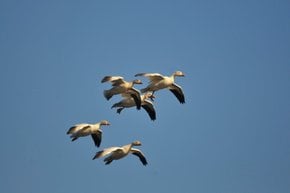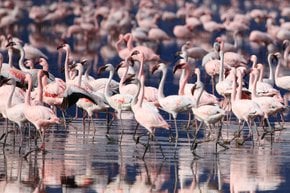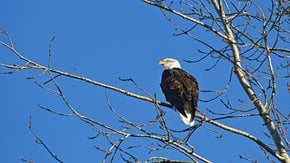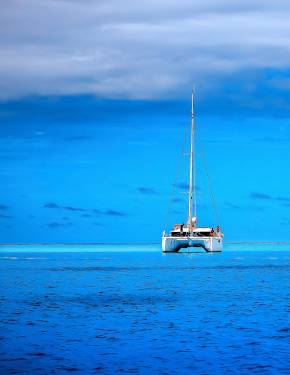Collared Lory Breeding Season in Fiji 2025-2026
Known as the national bird of Fiji, collared lories are very playful species of parrots
Best time: December–March
Despite changes to their environment and logging, collared lories persist in Fiji. These little parrots are very colourful with bright green, red, and royal blue plumage that helps to camouflage in the tropical forests though you can observe them in gardens and coconut plantations. They often demonstrate playful and inquisitive behaviour.
They are small in size but have stocky bodies, large heads, and short legs. Their curved beaks help to split solid food, and long tongues quickly sweep up pollen grains and nectar from fruits and flowers.
Their breeding season between July and December is considered a good time to spot these colourful birds. Usually, collared lories lay two eggs. They nest either in the cavities of dead stumps or coconut trees. Collared lories are very caring parents defending their nests from any bird-enemy. They may be found all over Fiji islands, and particularly in the northern parts of the Lau Archipelago.









































































